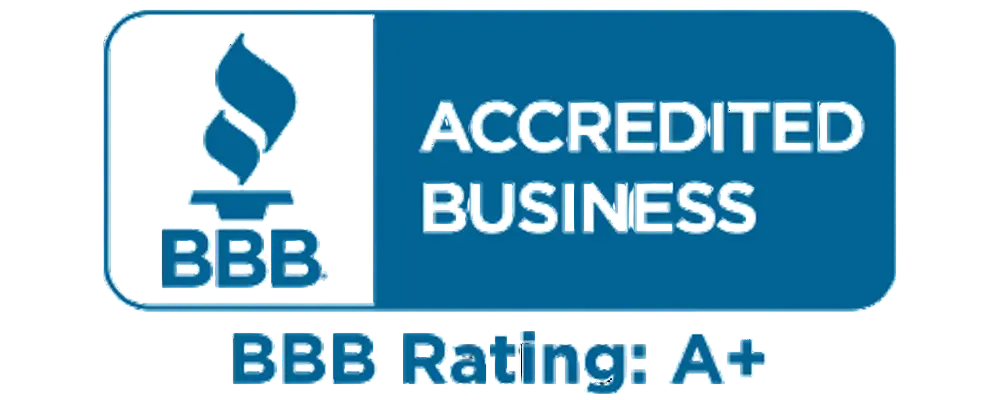Download free PDF
Agriculture Fertilizer Spreader Market, By Spreader, By Fertilizer, By Technology, By Power Source, By Application and By Distribution Channel, Growth Forecast 2025 – 2034
Report ID: GMI12859
|
Published Date: December 2024
|
Report Format: PDF
Download Free PDF
Authors: Avinash Singh, Sunita Singh



Premium Report Details
Base Year: 2024
Companies covered: 20
Tables & Figures: 200
Countries covered: 21
Pages: 175
Download Free PDF

Agriculture Fertilizer Spreader Market
Get a free sample of this report
Get a free sample of this report Agriculture Fertilizer Spreader Market
Is your requirement urgent? Please give us your business email
for a speedy delivery!





Agriculture Fertilizer Spreader Market Size
The global agriculture fertilizer spreader market was valued at USD 804.7 million in 2024 and is estimated to register a CAGR of 4.8% between 2025 and 2034. The boost in the market can be explained by the increasing food requirements throughout the world.
Statista predicts that the global population, which is approximately 8.16 billion in Q2 2024 will reach 10 billion by 2060. This growing food requirement is increasing the demand on agriculture to keep satisfying the food needs. This does, however, have implications for productivity per hectare as urbanization, combined with environmental concerns, reduces the acreage available for farming. Fertilizing products are essential for the efficient nutrient application, reduction in waste, and enhancement of yield output. Enhanced use of fertilizers increases production and lessens its net environmental impact, thus taking care of the sustainability issues.
The combination of urban expansion, industrial growth, and soil erosion is reducing the area of available farmland, so it is very important to increase farmland productivity for the land that is left. Poor farming practices, coupled with climate change, have made the problem worse as it leads to soil erosion and loss of nutrients. Spreading of fertilizers becomes important to the extent of solving these problems by effective nutrition delivery and effective utilization of arable land. They decrease wastage, increase crop yield, and help in sustainable agriculture. Increasing demands for global food security have made it important to have modern spreaders coupled with variable rate application and real-time soil monitoring features to further increase productivity.
Governments across the globe are taking steps for the modernization of agriculture by offering financial support in the form of grants and low-interest loans to farmers in order to help them to purchase advanced technologies such as fertilizer spreaders. It is estimated by the Indian Council for Research on International Economic Relations (ICRIER) that during the upcoming FY25, food and fertilizer subsidies would constitute over 50% of the Union Budget earmarked for rural and agrarian parts of India. The Union Budget of India for agriculture for the year along with FY2025 is estimated at around USD 75 billion, which roughly translates to 13% of the total budget allocation for the country, which is around USD 578.4 billion. Food Subsidy accounts for 30% of the agriculture budget, which roughly translates to around USD 24.6 billion, and Fertilizer Subsidy accounts for 24% of the agriculture budget, which sums up to around USD 20 billion.
Agriculture Fertilizer Spreader Market Trends
GPS, IoT, and VRT has allowed farms to limit wastes and apply fertilizers only to where the crops require it. Farmers are able to apply fertilizer more accurately than before, and this is enabled by GPS guidance. Fertilizers are applied with the aid of IoT spreaders that make use of sensors and combine it with real-time soil and crop data from cloud services, further ensuring efficient application of nutrients. Soil and crop requirements will automatically adjust application rates through VRT tools. This will improve yield, limit waste, and reduce environmental harm, and while this is a significant accomplishment, it will also cut down on input costs. Tools like these will greatly improve agriculture precision and, as a result, push businesses forward and support environmental policies.
The advancements in equipment allowing for precise fertilizer application are changing the market. For example, two new spreaders, namely the AccuPro 360ST and AccuPro DROP, were launched by ICL Group in June 2024. The AccuPro 360ST is an advanced rotary spreader designed to meet the needs of professional users in the turf management sector. It has a stainless steel construction, a zero-maintenance gearbox, and the SmartSpread technology for effective and appropriate dressing application to avoid any inconsistency in turf health. The AccuPro DROP is a drop spreader that is used for the correct placement of granular fertilizers, grass seed, and wetting agents. It comes equipped with the SmartDial, enabling easy and accurate amendments. As with both spreaders, they provide dependable performance together with superior quality, specifications, and thus are warrantied for 3 years on the condition that the equipment is not misused.
For many farmers, advanced fertilizer spreaders equipped with modern tools like GPS, IoT, and variable rate technology (VRT) are prohibitively expensive. Not only do these systems come with expensive initial costs, but they also demand significant additional investments in software, updates, and accessories. Small-scale farmers, which are often the core of the agricultural economy of a number of under-developed economies, are the most severely affected since they cannot afford to acquire such technologies without guaranteed paybacks or programmed financing of such purchases from other sources due to capital restraints. In regions without much access to subsidies or aid, such costs, however, do deter the pace of adoption of the technology, leading to increased inequality between larger commercial farms and smaller ones. This problem, however, does serve to restrict the geographic expansion of such markets in the regions where price sensitivity is key.
Agriculture Fertilizer Spreader Market Analysis
Based on spreader, the market is divided into rotary spreaders, dry spreaders, drop spreaders, pendulam spreaders and liquid spreaders. In 2024, rotary spreaders segment held a market share of over 40% and is expected to cross USD 500 million by 2034.
Based on distribution channel, the agriculture fertilizer spreader market is categorized into direct sales, retail, and online platforms. The direct sales segment held a market share of around 52% in 2024.
Asia Pacific dominated the global agriculture fertilizer spreader market with a major share of around 40% in 2024 and China leads the market in the region.
Agriculture Fertilizer Spreader Market Share
John Deere and Kubota hold a market share of around 10% in the agriculture fertilizer spreader industry in 2024.
Agriculture Fertilizer Spreader Market Companies
Major players operating in the agriculture fertilizer spreader industry include:
The agriculture fertilizer spreader market is highly competitive, with multiple companies engaging in the development of new technologies, product tailoring, and the broadening of existing product portfolios to incorporate new industry sectors such as farming, horticulture, and agriculture. It is prudent for the companies that manufacture spreaders to diversify them such that they can be used on various types of farms, from personal family holdings to large-scale corporate warehouses. Accuracy is an emerging objective for many of these firms, and as a result, there is a noticeable increase in emphasis on hardware that makes fertilizer distribution accurate with maximum efficiency, since these factors influence crop productivity and the ecosystem.
Currently, there is a tendency for automated and smart technologies to be deployed. The adoption of telematics, GPS systems, and remote monitoring has increased the use of fertilizer spreaders. Real-time location and performance analysis technology ensures that these equipment are able to track performance metrics, thus increasing efficiency, lowering operational costs, and boosting environmental compliance. When coupled with the advances made in automation, the new era of accuracy-focused equipment has greatly redefined the landscape for competitors within the agricultural fertilizer spreader industry.
Agriculture Fertilizer Spreader Industry News
In May 2024, Jacto exhibited their fertilization and spraying technologies along with the Uniport 3030 Vortex at the Nampo 2024 agri event that took place in South Africa. The Uniport 3030 Vortex is compatible with several terrains, thus making it useful for African farmers. The machine is capable of accelerating up to km/h with a fuel reduction of thirty-five percent. Augmenting with air assistance and nozzle precision technology, an additional ten percent in savings is projected with improved product quality while eliminating excess spray. The Uniport 3030 Vortex contains swivel booms of twenty to thirty-three meters, a carrying tank of three-thousand-liter capacity, and can be adjusted to a working height range between two point seventy-five meters to zero point five meters for various crop sizes.
In April 2024, A Brazilian company that specializes in fertilizers and spreads, MP AGRO, was recently acquired by AMAZONE, a machinery manufacturer. If approved, this acquisition is now firmly situated in South America, furthering AMAZONE’s presence internationally. Both of these companies aim to blend their knowledge and experience to enhance technology focused on fertilizer utilization. There will be no changes to the MP AGRO workforce, and the operations/services shall continue to be led by Douglas Peccin.
The agriculture fertilizer spreader market research report includes in-depth coverage of the industry with estimates & forecast in terms of revenue ($Mn) and shipment (units) from 2021 to 2034, for the following segments:
Click here to Buy Section of this Report
Market, By Spreader
Market, By Fertilizer
Market, By Technology
Market, By Power Source
Market, By Application
Market, By Distribution Channel
The above information is provided for the following regions and countries: